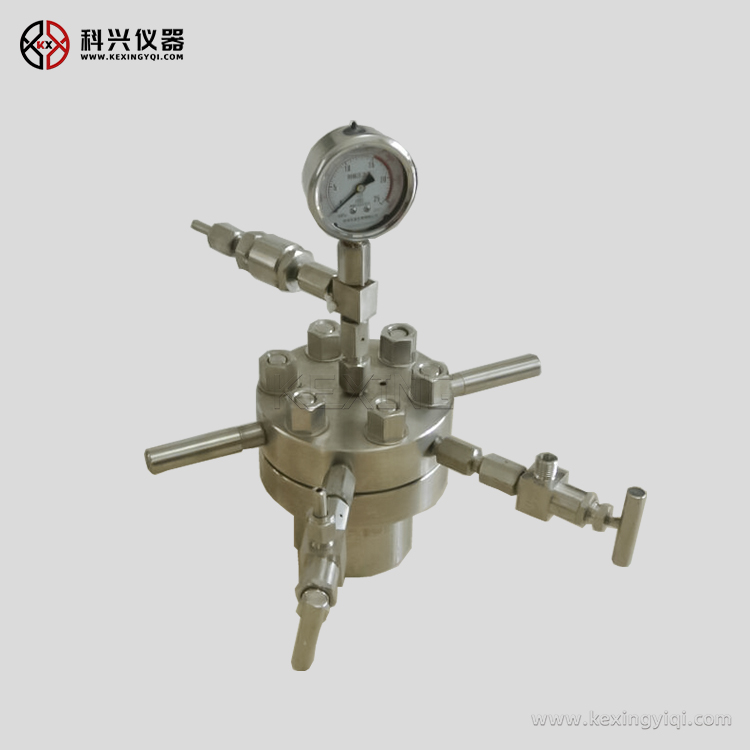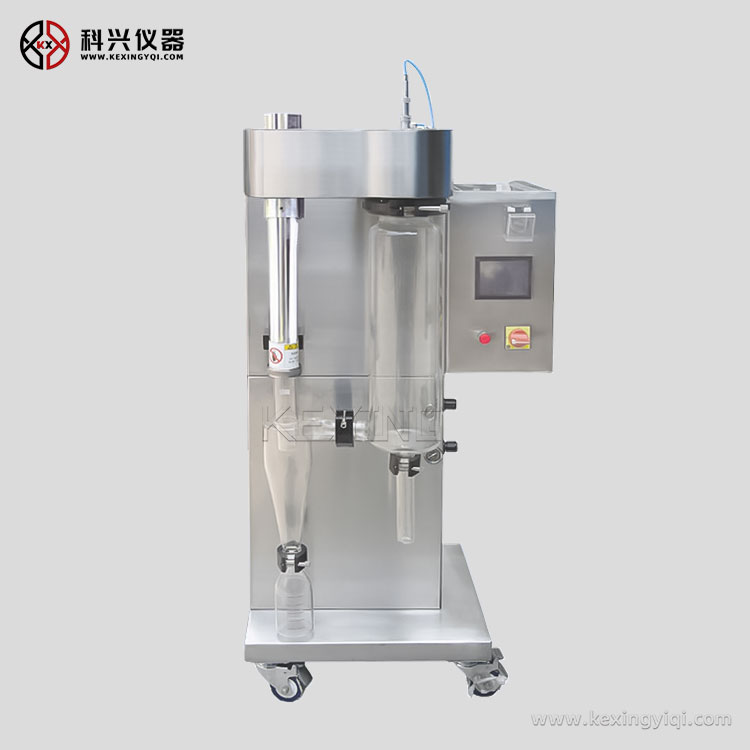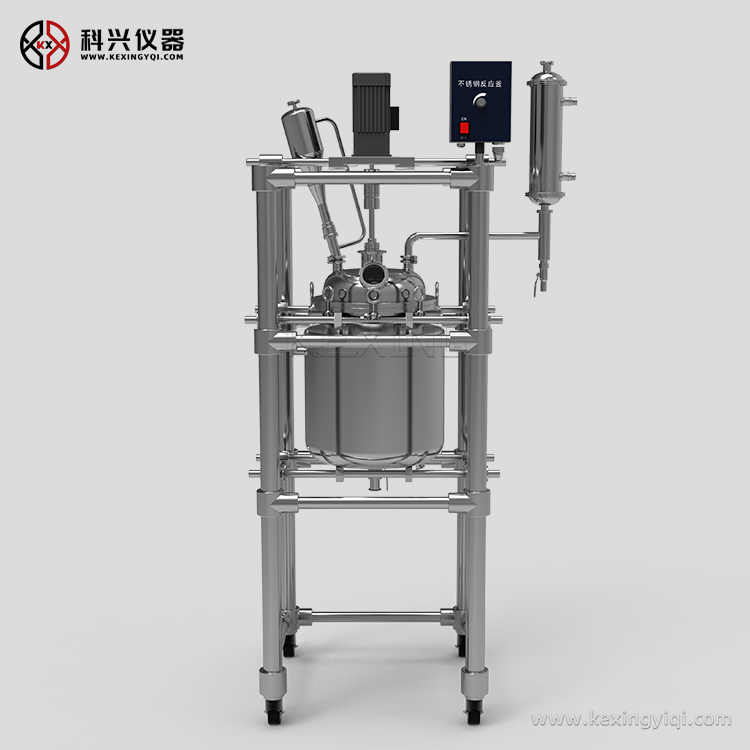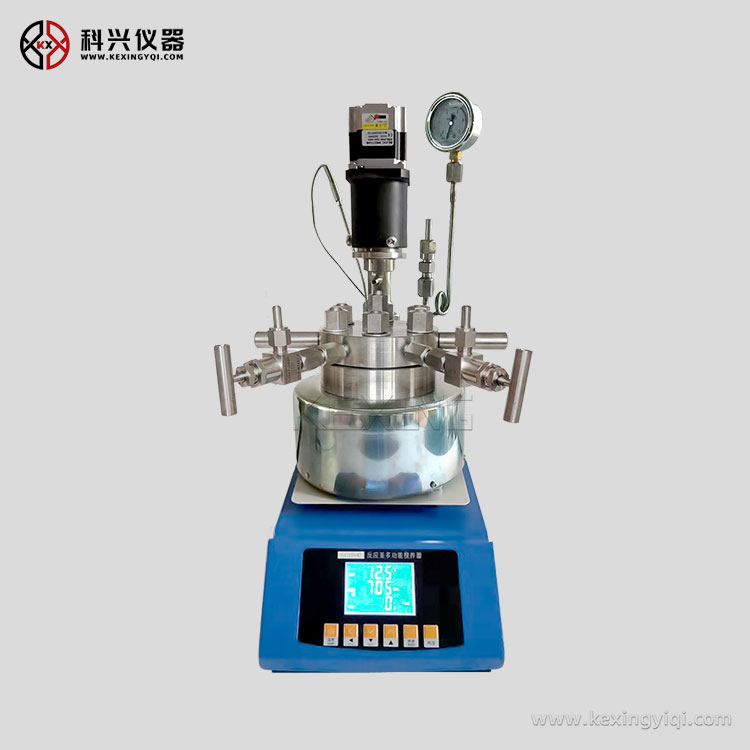Analysis of the advantages of double-layer glass reaction kettle
Release time:2025-02-11 20:08:56 author:企管部 Page View:1
In the field of chemical industry, as the core equipment of chemical reactions, the design and selection of reactors directly affect production efficiency, product quality, and safety. Among them, kettle reactors have become an indispensable part of chemical production due to their unique structure and wide application fields. This article will delve into the structure and characteristics of kettle reactors, providing valuable references for relevant practitioners.

1、 Structure of kettle reactor
The basic structure of a kettle reactor, also known as a batch reactor or a tank reactor, mainly includes the reactor body, stirring device, heating/cooling system, feed and discharge ports, pressure and temperature control system, and safety accessories.
1. Reactor body: It is usually made of high-strength, corrosion-resistant metal materials (such as stainless steel), with a cylindrical or conical shape, and the bottom is generally designed as a flat bottom or conical bottom for material discharge and cleaning. The inner wall of the kettle is often coated with an anti-corrosion layer to meet the reaction requirements of different chemical media.
2. Stirring device: Stirring is the key to achieving uniform mixing of materials, accelerating mass and heat transfer in a kettle reactor. There are various types of agitators, such as paddle, anchor, turbine, etc. The selection should be based on the properties, viscosity, and characteristics of the reaction material and the reaction process.
3. Heating/cooling system: In order to control the reaction temperature, kettle reactors are usually equipped with jackets or inner coils, which are heated or cooled by circulating media such as water, steam, or thermal oil. Some large reactors also use external heat exchangers for temperature regulation.
4. Feed and discharge ports: used for adding reaction materials and discharging products. When designing, consideration should be given to operational convenience, sealing, and leak prevention measures.
5. Pressure and temperature control system: Ensure that the reaction occurs within a safe range, including pressure gauges, thermometers, safety valves, self-control systems, etc.
6. Safety accessories: such as rupture discs, emergency shut-off valves, etc., used to prevent abnormal situations such as overpressure and overheating, and ensure the safety of personnel and equipment.

2、 Characteristics of kettle reactor
1. Strong adaptability: The kettle reactor is suitable for various types of chemical reactions, including liquid-liquid, gas-liquid, solid-liquid and other reaction systems, and is easy to adjust under different operating conditions (such as temperature, pressure, stirring speed) to meet diverse process requirements.
2. Flexible operation: The intermittent operation mode enables the kettle reactor to have high flexibility in changing reaction materials and adjusting process parameters, making it suitable for small batch and multi variety production.
3. Easy to control: By precise temperature, pressure, and stirring control, the reaction process can be effectively controlled, improving product quality and yield.
4. Easy to scale up: Although kettle reactors are often used in laboratories or small-scale production, with reasonable scaling up design, their scale can gradually be expanded to industrial production level, maintaining good process consistency.
5. Safety considerations: Considering the high temperature, high pressure, flammability, and explosiveness that may accompany chemical reactions, the design of kettle reactors fully considers safety factors, including explosion-proof design, emergency shutdown systems, etc., to ensure operational safety.
In summary, kettle reactors play an important role in the chemical industry due to their flexible operability, wide adaptability, and strict safety design. With the advancement of technology and technological innovation, future kettle reactors will become more intelligent and efficient, providing more reliable and environmentally friendly solutions for chemical production.




 Your current location:
Your current location: 




